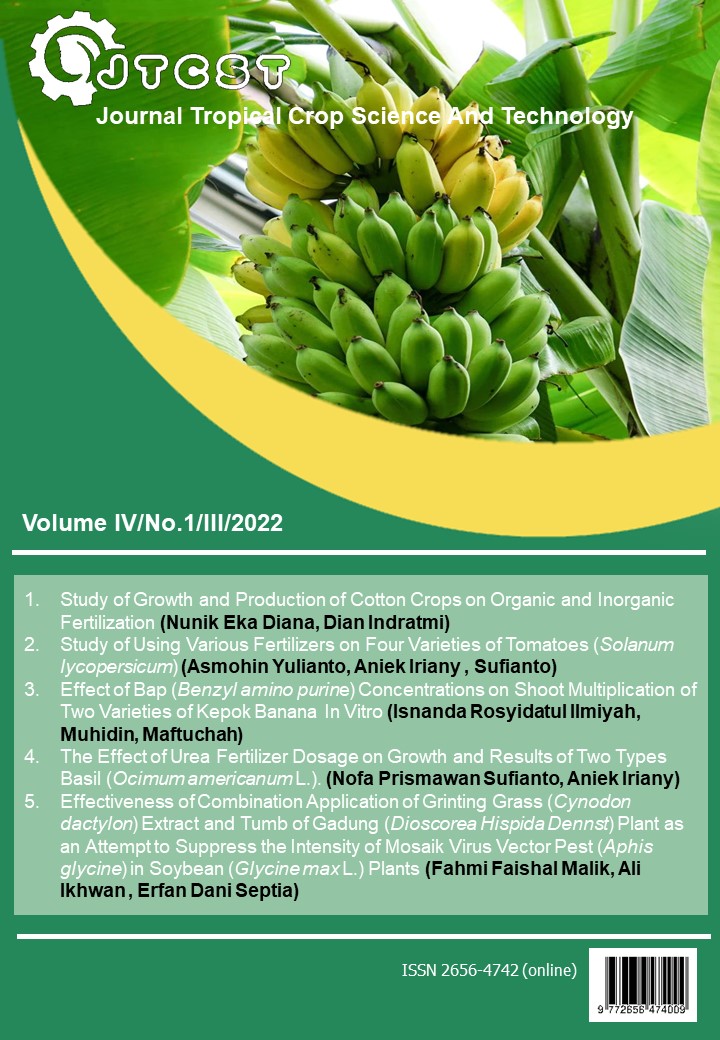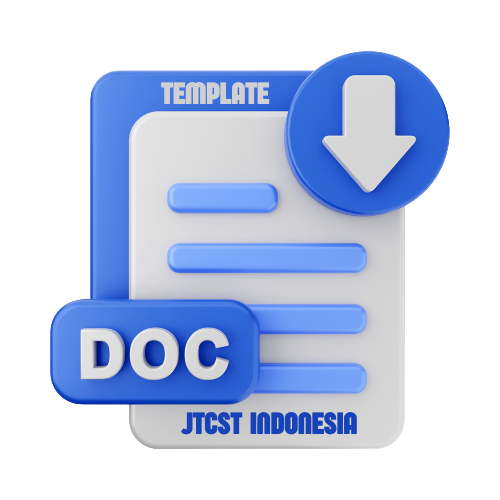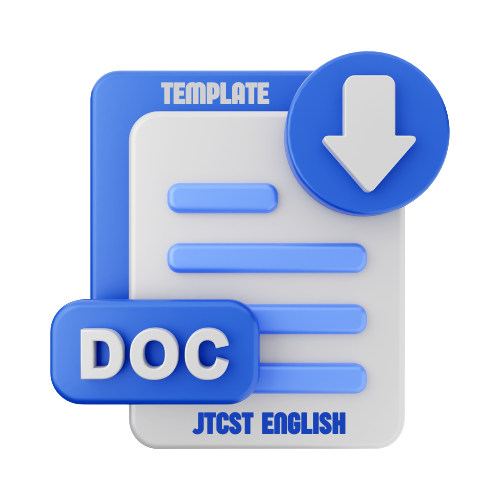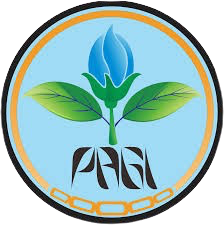Study of Growth and Production of Cotton Crops on Organic and Inorganic Fertilization
DOI:
https://doi.org/10.22219/jtcst.v4i1.29734Keywords:
Growth, Inorganic fertilizer, Organic fertilizer, Production, Cotton plantAbstract
The study aimed to determine the effectiveness of organic and
inorganic fertilization and to obtain the right dose of organic and
inorganic fertilizers for the growth and production of seed cotton
plants. The research was designed using a Randomized Group
Design with 8 treatments repeated 5 times. The treatments were
inorganic fertilizer Balittas package dose (100 kg N + 37.5 kg P2O5
+ 37.5 kg K2O), Balittas package dose treatment with the addition
of cottonseed cake bokashi, Balittas package dose with the
addition of cow manure, Balittas package dose with the addition of
cottonseed cake bokashi and cow manure and treatment with a
dose of 1⁄2 Balittas package with the addition of organic fertilizers
mentioned above, and treatment only with the use of organic
fertilizers. The results showed that the treatment of organic and
inorganic fertilizers was very effective in increasing the growth and
production of cotton plants. The fertilization dose of Balittas
package (100 kg N + 37.5 kg P2O5 + 37.5 kg K2O) + cottonseed
cake bokashi + cow pukan gave better growth and production
compared to other treatments, but the fertilization treatment of 1⁄2
dose of Balittas package (50 kg N + 18.75 kg P2O5 + 18.75 kg
K2O) + cottonseed cake bokashi tended to be more efficient.
Downloads
References
Zhao, J., Ni, T., Li, J., Lu, Q., Fang, Z., Huang, Q., Zhang, R., Li, R., Shen, B. & Shen, Q. (2016). Effects of Organic–Inorganic Compound Fertilizer with Reduced Chemical Fertilizer Application on Crop Yields, Soil Biological Activity and Bacterial Community Structure in a Rice–Wheat Cropping System. Journal Applied Soil Ecology, 99, 1–12. DOI: https://doi.org/10.1016/j.apsoil.2015.11.006
Khujanovich, B.B. (2021). Cost-Effectiveness of Fertilizer Rate SettingiIn the Cultivation of the Planned Fine-Fiber Cotton Crop. European Journal of Agricultural and Rural Education, 2(6), 30-33. https://scholarzest.com/index.php/ejare/article/view/994
Fernando, A.L., Duarte, M.P., Vatsanidou, A., & Alexopoulou, E. (2015). Environmental Aspects of Fiber Crops Cultivation and Use. Industrial Crops and Products, 68, 105-115. DOI : https://doi.org/10.1016/j.indcrop.2014.10.003
Delate, K., Heller, B., & Shade, J. (2020). Organic Cotton Production May Alleviate the Environmental Impacts of Intensive Conventional Cotton Production. Journal Renewable Agriculture and Food Systems, 36(4), 405-412. DOI: https://doi.org/10.1017/S1742170520000356
Bashir, A., Suhel, Azwardi, Atiyatna, D.P., Hamidi, I., and Adnan, N. (2019). The Causality Between Agriculture, Industry, and Economic Growth: Evidence from Indonesia. Etikonomi, 18(2), 155-168. https://journal.uinjkt.ac.id/index.php/etikonomi/article/view/9428
Aslam, S. , Khan, S. , Ahmed, A. and Dandekar, A. (2020) The Tale of Cotton Plant: From Wild Type to Domestication, Leading to Its Improvement by Genetic Transformation. American Journal of Molecular Biology, 10, 91-127. DOI: https://doi.org/10.4236/ajmb.2020.102008
Karas, E. (2022). Sustainable and Effective Management Strategies in Cotton Cultivation. IntechOpen. DOI: https://doi.org/10.5772/intechopen.104104
Keston, N. (2015). A Review of Effects of Nutrient Elements on Crop Quality. African Journal of Food, Agriculture, Nutrition and Development. 15(1), 9777-9783.. DOI: https://doi.org/10.18697/ajfand.68.13750
Islam, Md.K., Jewel, K., Hassan, M.K., & Kaikobad, M. (2014). Effect of Organic and Inorganic Source of N on Cotton Yield. Conference: Annual Research Review 2014.
Dhawan, A., & Head. (2019). Integrated Pest Management in Cotton. New Delhi, India: New India Publishing Agency.
Downloads
Published
How to Cite
Issue
Section
License
Copyright (c) 2022 Nunik Diana, Dian Indratmi

This work is licensed under a Creative Commons Attribution-ShareAlike 4.0 International License.
Authors who publish with this journal agree to the following terms:
- Authors retain copyright and grant the journal right of first publication with the work simultaneously licensed under a Creative Commons Attribution License that allows others to share the work with an acknowledgement of the work's authorship and initial publication in this journal.
- Authors are able to enter into separate, additional contractual arrangements for the non-exclusive distribution of the journal's published version of the work (e.g., post it to an institutional repository or publish it in a book), with an acknowledgement of its initial publication in this journal.
- Authors are permitted and encouraged to post their work online (e.g., in institutional repositories or on their website) prior to and during the submission process, as it can lead to productive exchanges, as well as earlier and greater citation of published work (See The Effect of Open Access).











